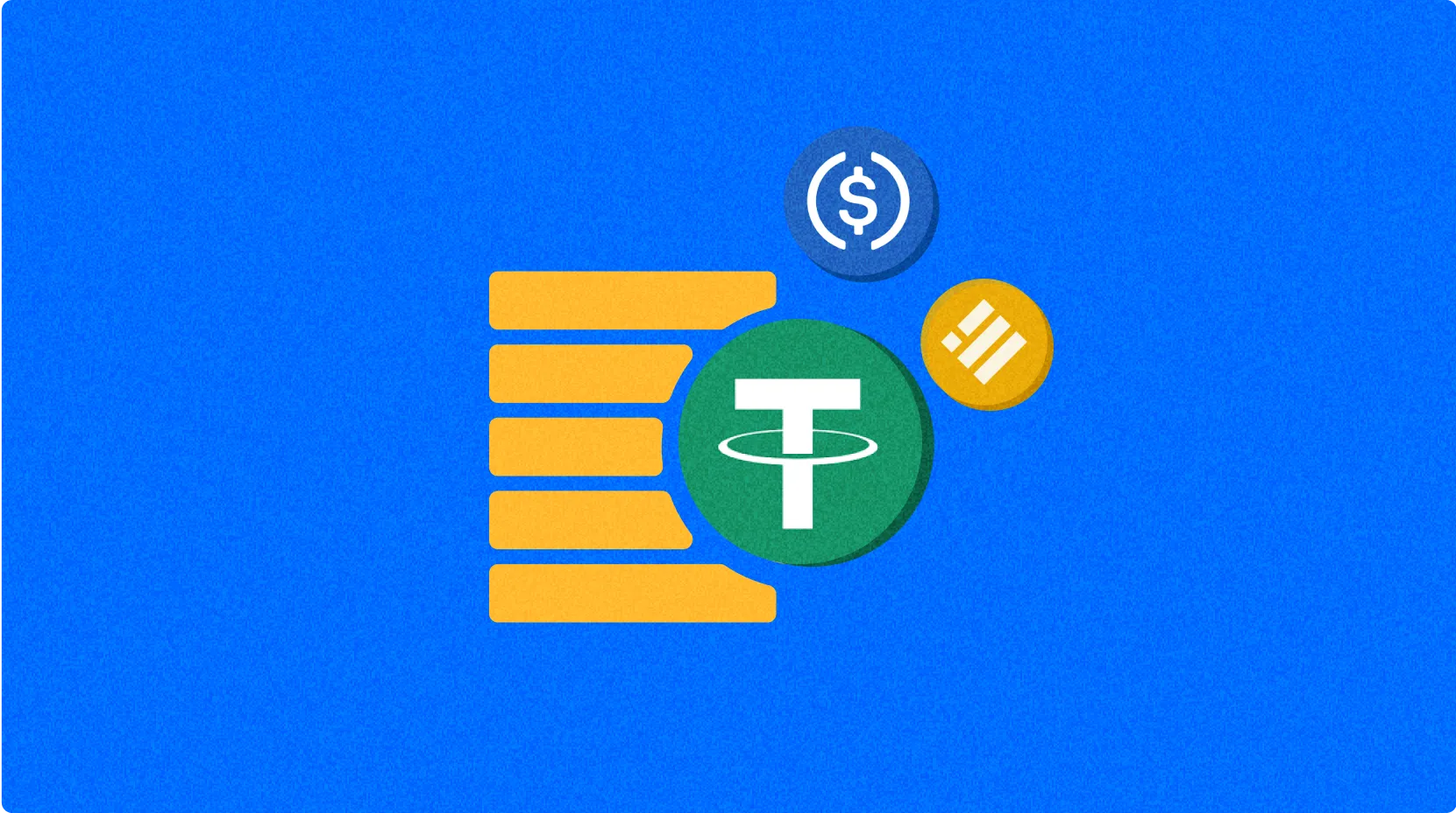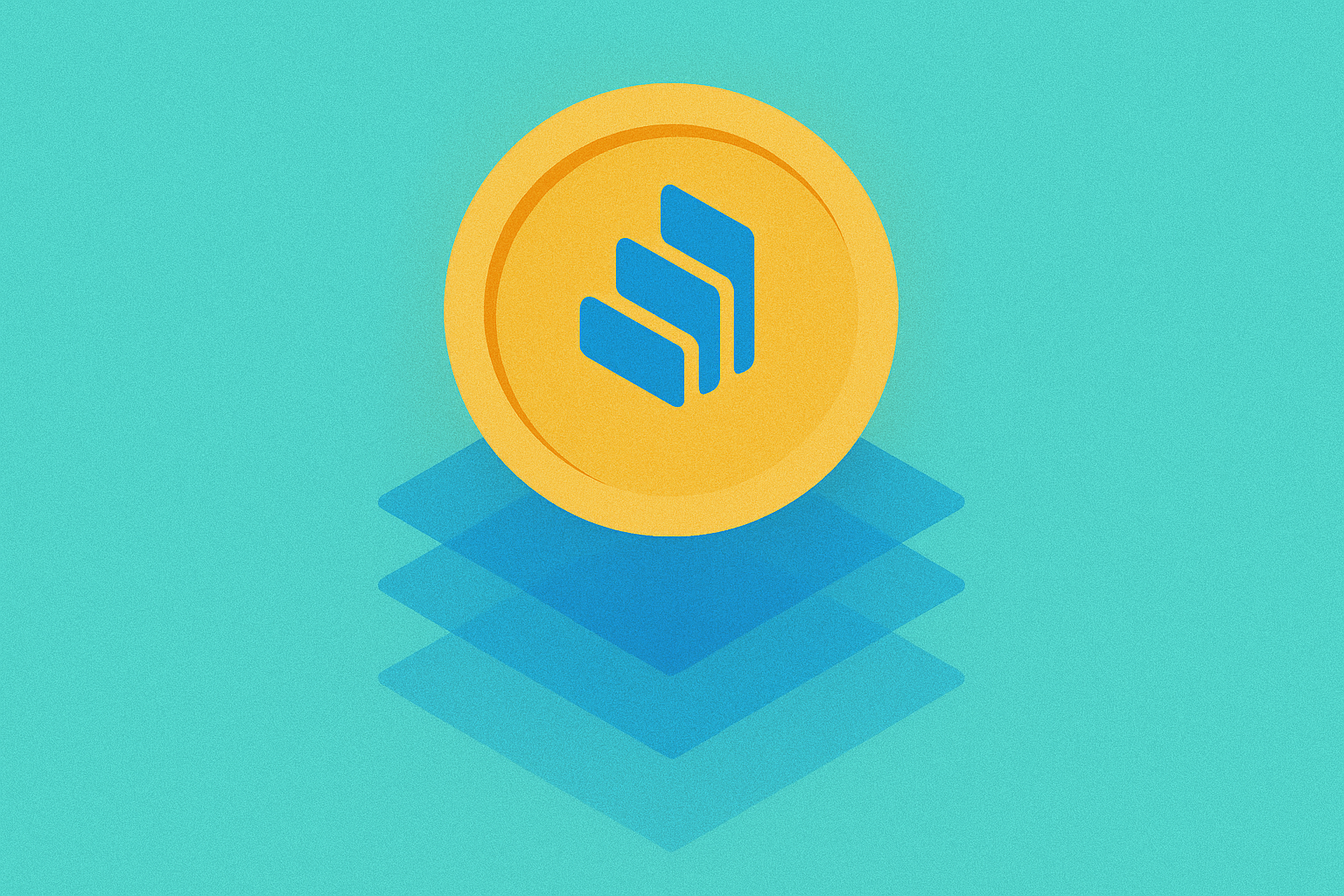Filecoin’in Token Ekonomi Modeli, 2025 yılında arz ve talep dengesini nasıl sağlıyor?


Filecoin token dağılımı: %10 fon, %15 ekosistem geliştirme, %75 madencilik ödülleri
Filecoin’in token tahsisi, ağın uzun vadeli sürdürülebilirliği ve büyümesi için özenle planlanmış bir dağıtım stratejisi sunar. Toplam 1,96 milyar FIL token arzı; ağ katılımı ve altyapı gelişimini önceliklendiren üç katmanlı bir tahsis modeliyle dağıtılır.
Tokenların %75’i (1,47 milyar FIL) madencilik ödülleri için ayrılmıştır. Bu yüksek oran, depolama sağlayıcılarını donanım kaynaklarını Filecoin ağına sunmaya teşvik eder. Madencilik tahsisinin yaklaşık %55’i doğrudan depolama madenciliği faaliyetlerine, kalan %15’i ise gelecekteki madencilik inovasyonları ve ağ büyümesi için ayrılan Madencilik Rezervi’ne tahsis edilir.
| Tahsis Kategorisi | Yüzde | Amacı |
|---|---|---|
| Madencilik Ödülleri | %75 | Depolama hizmetleri, blok zinciri bakımı |
| Ekosistem Geliştirme | %15 | Protokol iyileştirmeleri, topluluk büyümesi |
| Fon | %10 | Vakfın operasyonları, proje sürdürülebilirliği |
Filecoin Vakfı toplam arzın %10’unu (yaklaşık 196 milyon token) kontrol eder ve bu miktar altı yıl boyunca lineer şekilde hak edilir. Bu kontrollü dağıtım, piyasada aşırı arz oluşmasını engellerken vakfın operasyonel kaynaklarını güvence altına alır. Ekosistem geliştirme fonu, toplam tokenların %15’ini kapsar ve protokoldeki önemli yeniliklerle topluluk çalışmalarını destekler.
Bu dağıtım modeli, Filecoin’in 2020’deki lansmanından bugüne, dolaşımda 700 milyonu aşkın token ve güncel fiyatlarla yaklaşık 1,25 milyar dolar değerle, merkeziyetsiz depolama alanında liderliğe yükselmesine katkı sağlamıştır.
20 milyar FIL toplam arz ve giderek azalan ihraç oranı ile enflasyonist model
Filecoin’in ekonomik modeli, azami 20 milyar FIL token arzı belirleyerek büyüme ile sürdürülebilirliği dengeler. Token ihraç oranı, ağda benimsenme arttıkça enflasyonist baskıyı azaltacak şekilde planlı olarak zamanla düşer. Son fiyat tahminleri bu modelin etkisini gösterir; farklı analiz yaklaşımlarında öngörüler önemli ölçüde değişmektedir:
| Analiz Yöntemi | 2025 Fiyat Tahmini | Ana Faktörler |
|---|---|---|
| Dalga Sayımı | $0,37 - $0,55 | Teknik analiz |
| Piyasa Konsensüsü | $2,36 | Tarihsel eğilimler |
| Cüretkâr Senaryo | $7,50 | Ağ benimsenmesi |
Azalan ihraç oranı Filecoin ekosisteminde birçok amaca hizmet eder. 2026 sonu itibarıyla, yeni token ihracının azalması ve daha fazla tokenın depolama için kilitlenmesiyle FIL’de deflasyonist eğilim başlayabilir. Arzın azalması, talep sabit kaldığı veya arttığı sürece token fiyatında doğal bir artış baskısı yaratır. Mevcut verilere göre, FIL Kasım 2025’te yaklaşık $1,78 seviyesinden işlem görüyor. Bu, tüm zamanların en yüksek seviyesi olan $236,84’ten büyük bir düşüş olsa da, $0,84’lük tarihsel dip seviyesinin üzerinde bulunuyor ve gelişmekte olan tokenomik yapılı kripto paralardaki volatiliteyi gösteriyor.
Depolama ücretleri ve ağ ihlali cezalarıyla yakım mekanizması
Filecoin’in ekonomik modeli, depolama ücretleri ve ağ ihlali cezaları yoluyla istikrar sağlayan gelişmiş bir yakım mekanizması içerir. Madenciler depolama taahhütlerini yerine getiremez veya ağ protokollerini ihlal ederse, önemli miktarda parasal ceza ile karşılaşır. Cezalar, ihlalin düzeyine göre $5.000 ve üzerine kadar çıkabilir ve tüm ceza miktarları kalıcı olarak dolaşımdan yakılır.
Depolama ücretleri, kullanıcıların veri depolama hizmetine ödeme yaptığı sistemde, bu ücretlerin bir kısmının madencilere dağıtılmak yerine yakılması ile yakım mekanizmasına katkı sağlar. Böylece toplam FIL arzı üzerinde deflasyonist bir baskı oluşur.
| Ceza Türü | Tipik Ceza Tutarı | Fonların Kullanım Yeri |
|---|---|---|
| Depolama taahhüdü ihlalleri | $500-$3.000 | Dolaşımdan yakılır |
| Protokol ihlalleri | $1.000-$5.000+ | Dolaşımdan yakılır |
| Depolama bakım ücretleri | Değişken | Kısmi yakım |
Yakım mekanizması, ağın bütünlüğünü korumada etkili olduğunu kanıtlamıştır. Ekim ayında yaşanan sert fiyat düşüşünün ardından Kasım 2025 başında $1,56’dan $1,78’e toparlanma, bunun bir örneğidir. Ekim 2025’te ağ ihlalleri nedeniyle fiyatlar $2,29’dan $0,84’e gerilerken, yakım mekanizması dolaşımdaki arzı azaltarak ekosistemi dengeledi. Bu yapı, yükümlülüklerini yerine getirmeyen operatörleri finansal açıdan cezalandırırken, token arzının azalmasıyla ağın genel sağlığına katkı sağlar.
Ağ kararlarında ve protokol güncellemelerinde FIL tokenlarının yönetişim gücü
Filecoin’in yönetişim modeli, FIL token sahiplerine ağın kritik kararlarında ve protokol güncellemelerinde doğrudan söz hakkı tanır. Token sahipleri, Filecoin İyileştirme Önerileri (FIP) sunabilir ve oylayarak ekosistemin gelişimini şekillendirebilir. Bu yarı merkeziyetsiz yapı, paydaşlara ağın evriminde gerçek bir etkili rol kazandırır.
Protokol, yakın zamanda gerçekleştirilen v27 Golden Week Upgrade ile yönetişim gücünü göstermiştir. Bu güncellemede ExtendSectorExpiration ve ProveReplicaUpdates gibi eski işlevler kaldırılarak ağ verimliliği artırılmıştır. Token tabanlı yönetişim, ağ sağlığını sürdürmede etkili olmuştur.
FIL tokenları yönetişimin teknik değişikliklerin ötesinde ekonomik kararlara da uzanır. Özellikle blok ödüllerinin yapısında, bu durum açıkça görülmektedir:
| Yönetişim Alanı | Geleneksel Modeller | Filecoin Yaklaşımı |
|---|---|---|
| Ödül Dağıtımı | Zamana bağlı ihraç | Depolama büyümesine bağlı |
| Ekonomik Ayarlama | Merkezi karar | Paydaş oylaması |
| Protokol Güncellemeleri | Geliştiricilerin kontrolünde | Topluluk önerileri |
FIL tokenları, FIL ProPGF ve RetroPGF programları gibi inisiyatiflerle kamu yararına fonlamayı da destekler. Bu yönetişim mekanizmaları, ekosistem altyapısına katkıları ödüllendirir ve depolama sağlayıcıları ile kullanıcılar arasında teşvik uyumunu sağlayarak, kısa vadeli ödüller ile uzun vadeli ağ istikrarını dengeler.
SSS
Filecoin’in geleceği var mı?
Evet, Filecoin’in geleceği oldukça parlak. Tahminler Ekim 2025’te fiyatının $2,58’e ulaşabileceğini öngörüyor; bu da büyüme potansiyeline işaret ediyor. Başarı, merkeziyetsiz depolama pazarında piyasa koşulları ve teknolojinin benimsenmesine bağlıdır.
Filecoin $100’a ulaşabilir mi?
Evet, güçlü bir boğa piyasasında Filecoin teorik olarak $100 seviyesine çıkabilir. Fiyat tahminleri kesin olmasa da, FIL geçmiş döngülerde önemli büyüme potansiyeli göstermiştir.
Filecoin’e yatırım yapmak mantıklı mı?
Evet, Filecoin 2025 için umut vaat eden bir yatırım olarak öne çıkıyor. Merkeziyetsiz depolama çözümü yaygın şekilde benimsenmiş durumda; bu da FIL tokenlarının talebini ve değerini artırıyor.
Filecoin 2025’te iyi bir yatırım mı?
Evet, Filecoin 2025’te oldukça umut verici. Merkeziyetsiz depolama çözümlerinin ve büyük teknoloji şirketleriyle yapılan iş birliklerinin artmasıyla fiyatı ciddi şekilde yükseldi.

AICell'i Keşfetmek: White Paper Mantığı ve Devrimci Kullanım Senaryoları

SAPIEN Nedir: Robotik araştırmalarında kullanılan fizik tabanlı simülasyon ortamına dair kapsamlı bir rehber

GEOD nedir: Küresel Çevre Gözlem Veritabanı’nı ve İklim Araştırmalarına Etkisini Anlamak

OpenMind: Robotlar, AI ve Makine Ekonomisi için Merkeziyetsiz OS İnşa Etmek

2025 BTRST Fiyat Tahmini: Braintrust Token’ın Piyasa Trendleri ile Gelecek Büyüme Potansiyelinin Analizi

Pi Network'ün token ekonomik modeli, adil dağıtımı nasıl garanti ediyor?

2025’te Büyük Büyüme Potansiyeline Sahip En İyi 10 Kripto Para | Sektör Uzmanlarından Değerlendirmeler

İspanya'da Baby Doge Coin satın alma işlemi nasıl gerçekleştirilir

2025 yılında OBT ve Orbiter Finance'in karşılaşabileceği uyum ve düzenleyici riskler nelerdir?

Borsa girişleri ve çıkışları, AVL token fiyatını ve piyasa hareketlerini nasıl etkiler?

Merkeziyetsiz finans alanında Compound Protocol’e dair kapsamlı bir rehber







